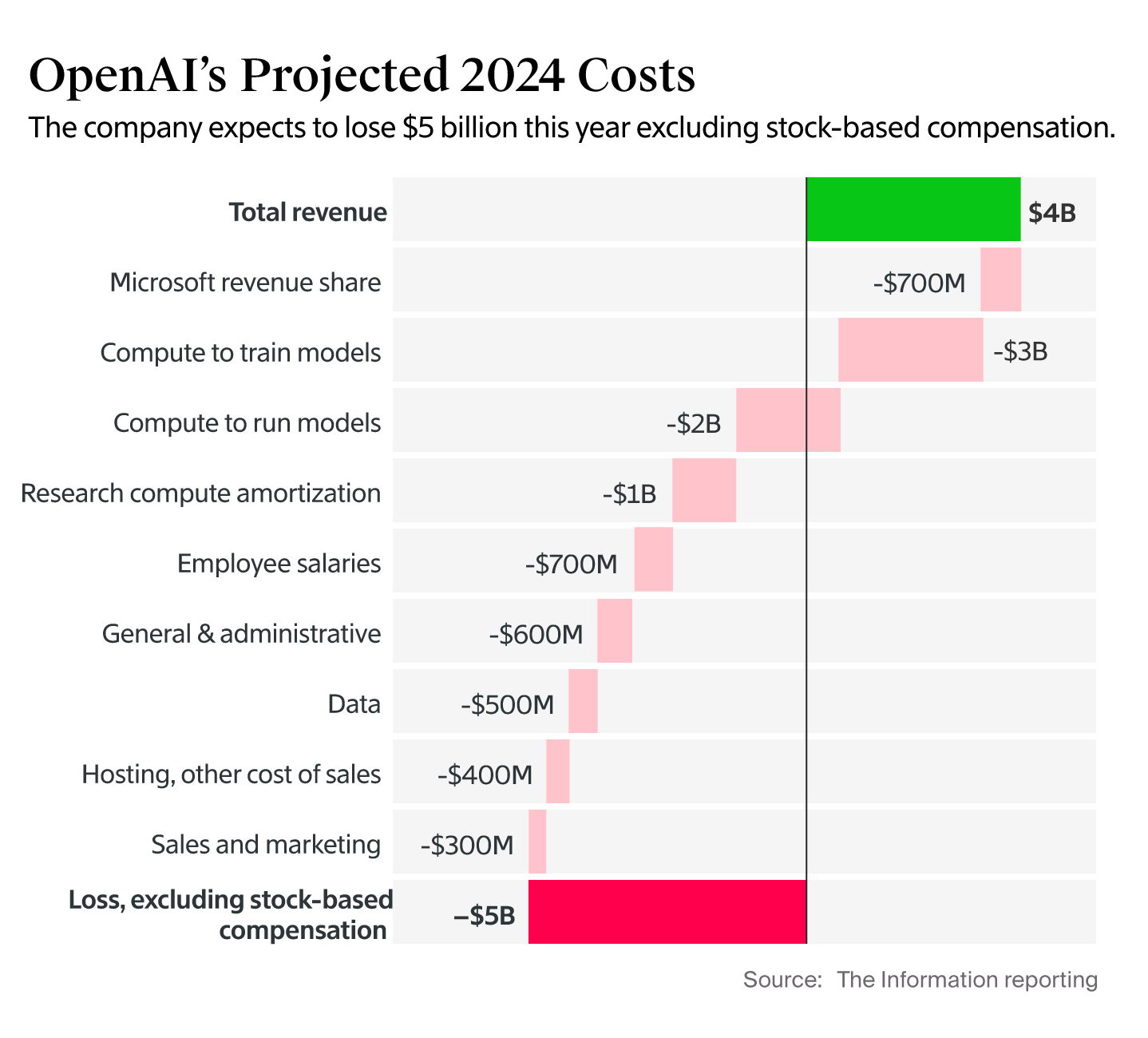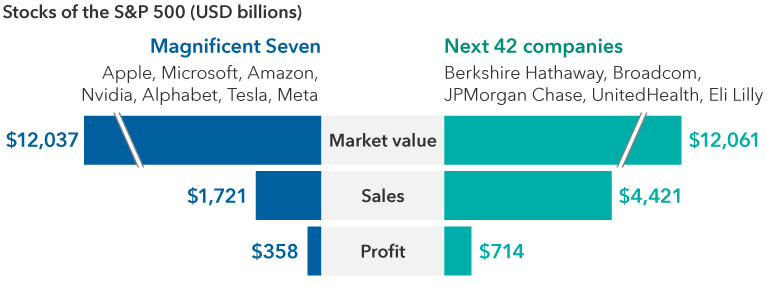AI Doesn’t Print Money, Business Does
From DeepMind to OpenAI, from the U.S. to China, from autonomous driving to large language models, the past decade has been a nonstop parade of AI breakthroughs and billion-dollar funding rounds. Yet one uncomfortable theme persists: AI companies can’t seem to make a profit.
Notably, this problem is specific to standalone AI companies. Google, Meta, and ByteDance are swimming in cash, driven by AI-powered advertising engines and platforms.
Why the discrepancy?
Perhaps AI, as it stands, is less of a ‘money printing’ business and more of a lubricant for ‘existing money printers’. If you don’t own the money printer, you’re stuck in the lubricant business.
Efficiency Isn’t Enough; Go Direct
The argument often made by AI companies is that they “raise efficiency” in industries ranging from customer support to drug discovery. That may be true, but efficiency gains rarely translate into big profits for the software provider.
Take drug discovery: AI can speed up processes, help identify promising candidates, and optimize workflows. But many AI companies stop there, collecting service fees while the real money—the billions of dollars—comes from the drug itself. It’s a long, risky, and expensive journey, but only the final product captures the lion’s share of value.
The same is true in creative industries. Building AI as an add-on to existing platforms—like adding features to Adobe Premiere or JetBrains IDEs—limits your upside. These platforms own the customer relationships and dictate the terms, relegating AI startups to secondary roles.
Contrast this with AI-native solutions like Cursor, which integrates AI deeply into the coding process, or OpusClip, which reimagines video editing for social media creators. These tools don’t merely assist—they replace traditional workflows entirely, enabling direct customer relationships and scalable revenue models. The lesson is clear: being an add-on limits your upside. To capture real value, you need to own the entire process.
The Paradox of Disruption
AI startups love to claim they’re “paradigm-shifting.” But how can you disrupt legacy industries while relying on them for revenue?
When AI companies sell APIs or tools to legacy enterprises, the value of their technology is largely determined by how the customer deploys it. This creates two major problems. First, startups must invest heavily in customer enablement—helping clients integrate APIs, redesign workflows, and scale usage—just to ensure their tools are used meaningfully. Second, it exposes a deeper truth: if these legacy companies were capable of transformative efficiency, they wouldn’t need an AI startup to begin with.
The inefficiencies AI companies aim to solve—bureaucracy, slow decision-making, misaligned incentives—are the very reasons legacy companies struggle to adapt. Changing these organizations from the outside is a Sisyphean task. It’s not just a matter of technology but of overcoming entrenched processes and culture.
If AI is truly paradigm-shifting, then the only way to capture its full value is to remake industries from the ground up. Instead of being a lubricant for someone else’s money printer, AI companies need to own the printer. That means going direct to the final customer and delivering complete products, not just tools.
OpenAI’s move into consumer-facing products like ChatGPT+ hints at this shift. But even here, the monetization challenges remain steep. Subscription fees are a start, but the scale of revenue doesn’t compare to advertising-driven giants or companies selling physical goods.
AI, in its current form, is undeniably powerful, but power alone doesn’t pay the bills. To go from lubricant to printer, AI companies need to rethink their business models and aim higher. Otherwise, they risk becoming the oil in someone else’s machine—useful, but ultimately commoditized.
Challenges of Owning the “Printer”
Building an AI-first business is no small feat. It requires deep expertise, substantial capital, and the patience to navigate long, costly development cycles. But this effort is essential—not just for profitability but for uncovering AI’s true potential.
Consider drug discovery: while AI has excelled in preclinical drug discovery, the clinical stage—where costs rise by orders of magnitude—remains largely untouched. This disparity isn’t just a failure of ambition but a reflection of structural challenges. AI startups gravitate to preclinical work because it aligns with their strengths in data-driven modeling, while clinical trials require navigating patient variability, logistical complexity, and regulatory oversight—domains where AI’s impact is nascent.
However, efforts are emerging. Companies are starting to optimize trial design and patient recruitment. Still, these represent early steps in what must eventually be a larger movement: AI companies owning more of the pipeline to capture the true value of their innovations.”
Takeaway: Rethink the Premise of SaaS
The success of SaaS lies in its simplicity: lower costs for delivery and maintenance compared to traditional on-premise software. This model thrived during the high wave of SaaS adoption, where companies replaced existing software with more agile, scalable solutions. But the keyword here is existing—SaaS succeeded by slotting neatly into pre-defined workflows, offering immediate efficiency gains without disrupting the overall structure.
AI, however, doesn’t follow this playbook. Injecting AI into existing workflows often creates friction instead of seamless integration. AI’s transformative potential clashes with legacy processes that were never designed for it, making it difficult to find a “neat slice” where AI can plug in without complications.
If one truly believes this wave of large pretrained models—or even AGI—is as transformative as claimed, then the logical conclusion isn’t just to enhance existing workflows but to remake them entirely. This means designing processes from the ground up with AI as the central driver, not an auxiliary add-on. It’s a shift from retrofitting AI into old paradigms to building AI-native workflows that maximize its potential.
In short, the AI revolution isn’t just about technology—it’s about reimagining the very fabric of how we work and live. For startups, the challenge isn’t to fit into the SaaS mold but to break it.




